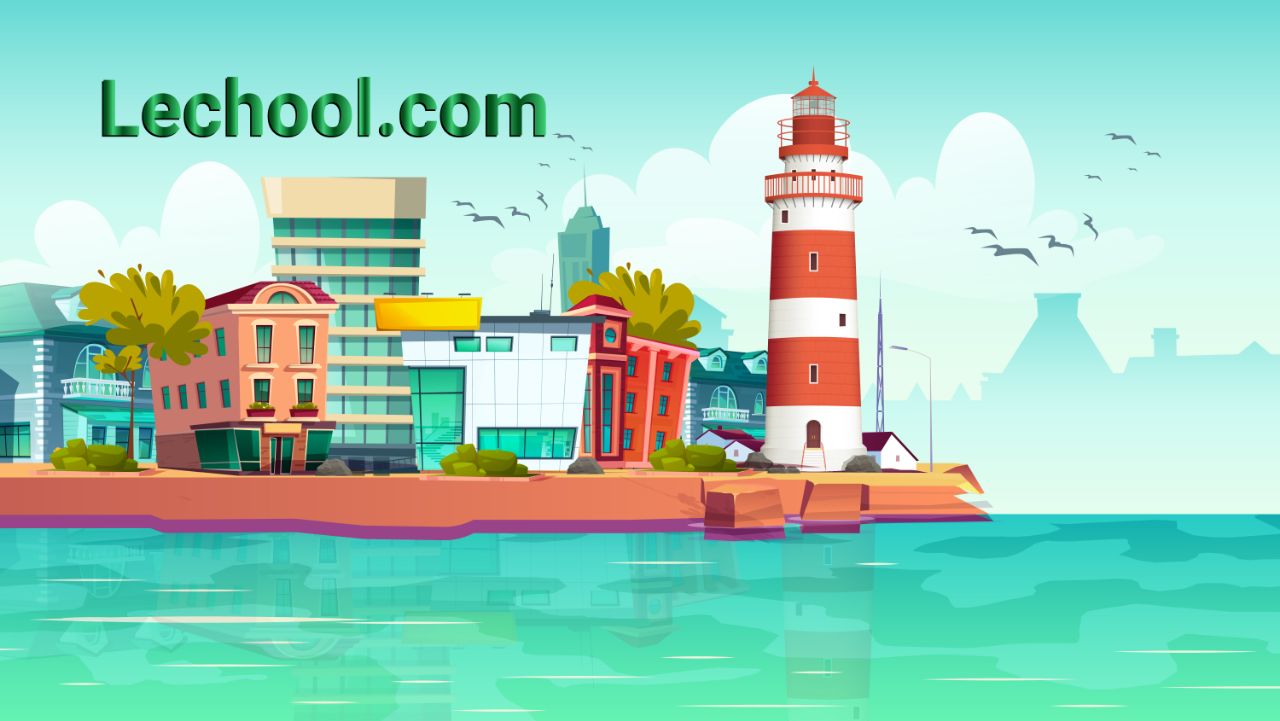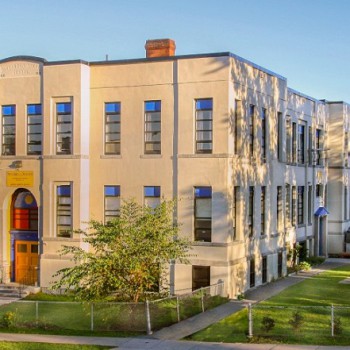Nova Scotia means "New Scotland," most of the population are native English-speakers. Nova scotia is the most populous of Canada's four Atlantic provinces.
Nova Scotia's governmental structure is similar to that of all Canadian provinces. A lieutenant governor appointed by the federal government serves as a representative of the crown and titular head of state.
The premier, the leader of the party in power in the provincial assembly, selects a cabinet from the elected party. Nova Scotia is one of Canada's Maritime Provinces (along with New Brunswick and Prince Edward Island).
Its past and present are tied closely to the marine life of fishing, shipbuilding, and transatlantic shipping.
Nova Scotia's capital and largest city is Halifax, which today is home to about 45 percent of the province's population. Halifax is the thirteenth-largest census metropolitan area in Canada, the largest city in Atlantic Canada, and Canada's second-largest coastal city after Vancouver. Dalhousie University in Halifax is the largest; it offers various programs, including law, medicine, nursing, and dentistry.
Sainte-Anne University is Nova Scotia's only French-language university.
Nova Scotia is Canada's second-smallest province in area, after Prince Edward Island. The province's mainland is the Nova Scotia peninsula, surrounded by the Atlantic Ocean and various bays and estuaries.
Nowhere in Nova Scotia is more than 67 km from the ocean. Fifty thousand tonnes of lobster are hauled from Nova Scotia waters every year, and they're almost just as many ways to serve it.







